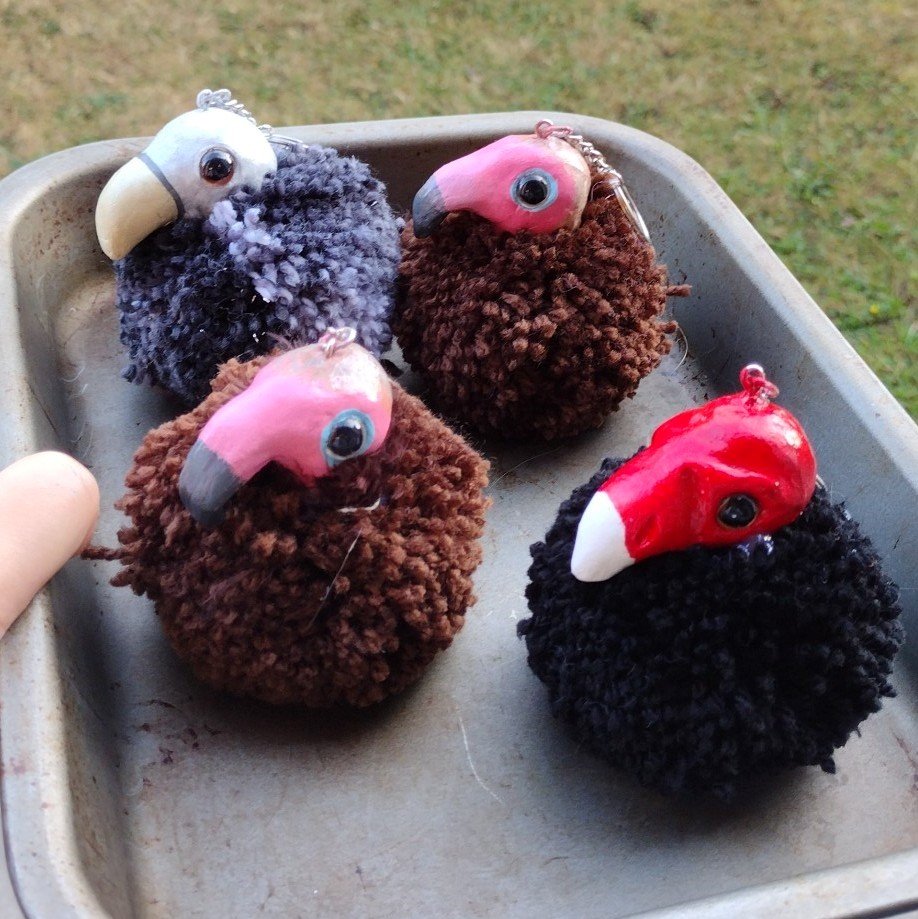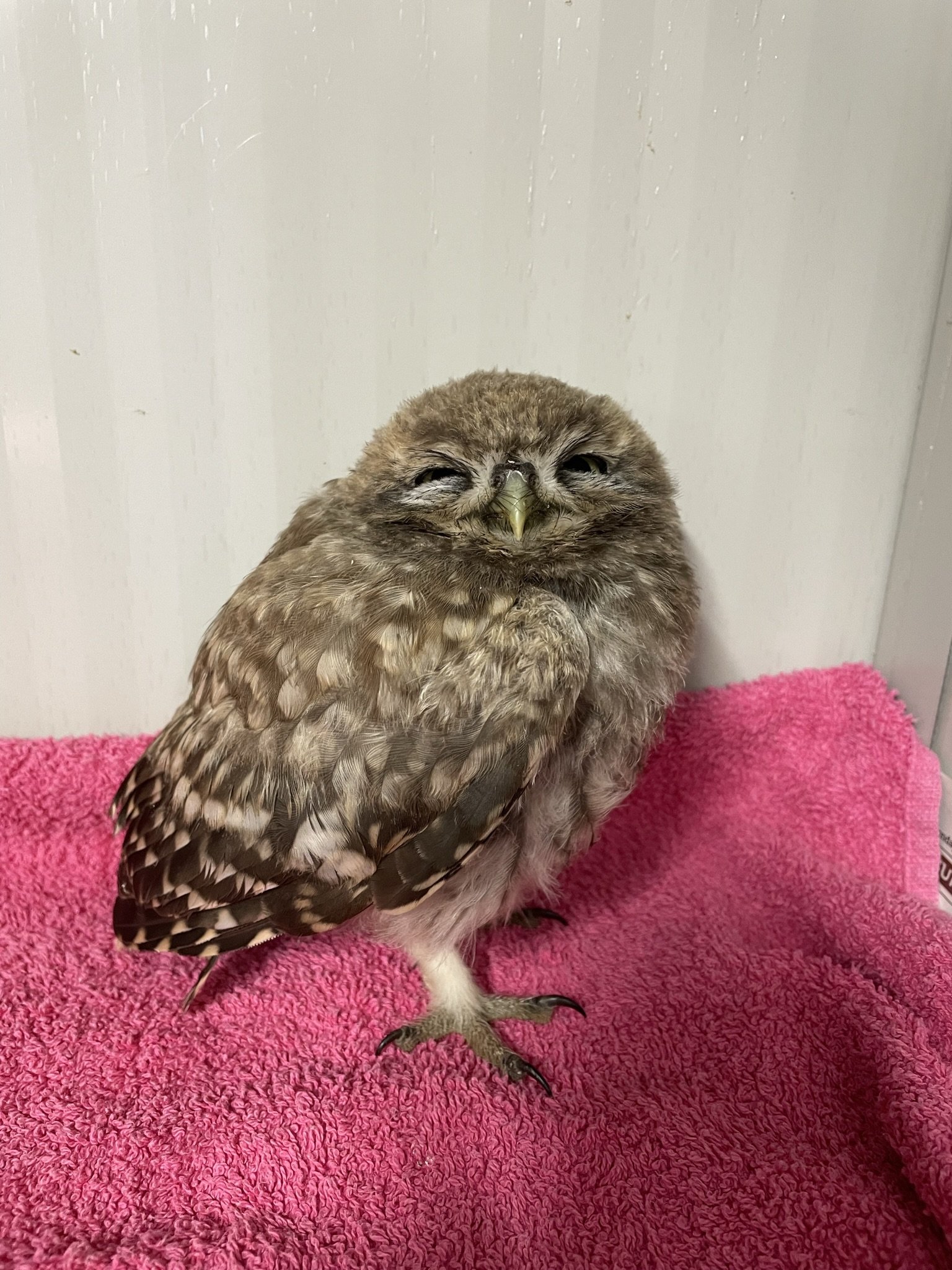For International Vulture Awareness Day 2022, we chose to support Kartong Bird Observatory in Gambia with their ongoing Vulture projects. Here’s why we think it’s a worthy cause to support:
Resident Hooded Vultures around Kartong exist in a complex society with multiple levels to interactions between individuals and there is plenty more to learn about their lives. Photo by Colin James Cross
Kartong Bird Observatory has been studying the resident Hooded Vulture population in the Kartong area since it started work in The Gambia in 2010 and some individual birds are still around from those first periods of ringing surveys.
Whereas many populations of Hooded Vultures in African countries are in serious decline (listed as Critically Endangered by the IUCN), the populations in the coastal region of The Gambia are at least stable, largely due to their interaction with the human populations where they feed on rubbish dumps, kitchen waste, abattoirs, fish-landing sites and carcasses washing up on beaches.
The Hooded Vulture population in The Gambia is stable, with large congregations near human settlements. Photo by Colin James Cross
Hooded Vultures in The Gambia live in close proximity to the human population, clearing up waste products, including food and animal waste, from the environment. This close interaction requires close study to highlight the benefits of vultures as sanitizing influences in the ecosystem and determine any negative impacts on human health.
Vultures routinely investigate the outdoor kitchens of Kartong for scraps and waste. Photo by Colin James Cross
At the Kartong Bird Observatory, a large number of birds regularly attend the gardens and surrounding areas and offers unrivalled opportunities for closely studying their behaviour and social ecology. This is helped by colour-marking individual birds with coded leg rings or wing tags.
The KBO team record intimate relationships of these highly intelligent birds, including pair bonding, mutual preening of paired adults and juveniles, hierarchical confrontations, aggressive behaviour, sunbathing and contact vocalisations. Photo by Colin James Cross
Birds are typically captured using a cannon-net or whoosh-net by licensed bird ringers with years of experience in catching and handling large birds of prey.
To date, 258 Hooded Vultures have been ringed at Kartong, providing a large cohort of long-lived birds which can be studied as they move around the local area.
Over two thousand sightings of colour marked birds have been collected by the KBO team, many at the observatory where they come to drink in family groups, in the local area at rubbish dumps and around the beach and mangrove habitats at Kartong.
Family groups frequently visit the gardens around the Observatory to search for water during the dry season. Photo by Colin James Cross
While adult Hooded Vultures are largely sedentary and do not leave their breeding areas throughout the year, juvenile and sub-adult birds range over larger areas, appearing at other villages and sites around the West Coast Region and across the border in the Casamance Region of Senegal, as documented by Thompson et al. 2020 (Endangered Wildlife Trust & Hawk Mountain Sanctuary Association).
Wing tags allow for sightings to be made from a greater distance, encouraging participation by others outside the KBO team. Photo by Colin James Cross
As well as sightings from the KBO team of research assistants, records are often sent in by Gambian bird guides and visitors to the country.
Results show that adult Hooded Vultures are very faithful to their breeding sites and stay in pairs for many years. In some cases KBO have colour-marked both adults in a pair and are able to follow their breeding success over a number of seasons, as they bring new offspring to the observatory in family groups of 4 or 5 birds.
Yellow-BA and CZ are a longstanding pair KBO have been studying through multiple breeding seasons. Each dry season they use the same nesting site in the middle of Kartong village and then bring their offspring to drink at the observatory. Photo by Colin James Cross
To compare the fortunes of Hooded Vultures in different regions KBO began working at an established vulture feeding station in the Central River Region of The Gambia that has been run for a number of years by Spanish vulture charity Fondo Amigos del Buitre. Colour marking here has also shown lots of birds faithful to the local area and they are often re-sighted by the local vulture expert, Kebuteh Sano.
In this region there is also a large population of White-backed Vultures. KBO have recently begun a colour-marking study on these birds which they will be expanding over the next few years.
White-backed Vultures are also listed as Critically Endangered by the IUCN, so monitoring their population in The Gambia is crucial. Photo by Colin James Cross
Capturing wild vultures also provides a chance to undertake genetic and parasite studies and KBO collaborates with research groups at the Universities of Cardiff and Lincoln in the UK, the University of Cape Coast in Ghana and the University of Kwazulu-Natal in South Africa.
An important part of Kartong Bird Observatory’s effort researching vultures in The Gambia is the training and educational activities carried out by their research team in Kartong, and at sites in the Lower River Region and Central River Region together with the Fondo Amigos del Buitre and Gambian Department of Parks and Wildlife Management.
Ringing in the community helps build engagement with the local population. Photo by Colin James Cross
We will be keeping our special Vulture Draw open until Friday 30th September. These funds will be donated to Kartong Bird Observatory to support their ongoing Vulture project.
A mini felted Hooded Vulture and a meet and greet are up for grabs!
Our special prizes include:
Meet and greet with Jack and Rose
Felted Hooded Vulture, created by our falconer Dolly
Ruby keyring, created by our trainee Izzy
Rocky keyring, created by our trainee Izzy
Jack keyring, created by our trainee Izzy
Rose keyring, created by our trainee Izzy
Original Art created by Jack and Rose
We’re asking for £2 per entry into this prize draw. If you’d like to take part, you can pay via PayPal to owleducationsuffolk @ gmail.com, but please include your name and contact details, and select paying friends and family so that the full amount goes to the Vultures.
Kartong Bird Observatory are also looking for good quality second-hand optics to assist the team with recording sightings. If you think you can help, please contact susan @ owlbarn.co.uk
Good quality binoculars and scopes are important pieces of equipment needed to monitor the Vultures once they’ve been colour-marked. Photo by Susan Jones

























































































